Click video to play

This is a quick preview of the lesson. For full access, please Log In or Sign up.
For more information, please see full course syllabus of College Calculus: Level I
For more information, please see full course syllabus of College Calculus: Level I
College Calculus: Level I Review of Functions
Lecture Description
In this video, we are going to do a quick review of functions. First, we will see what the function is and what the domain and range of function are. We will see how to determine whether the y is a function of x or not using the Vertical Line Test. Then we will see some examples of functions and their roughly drawn sketches. After that we are going to talk about some other descriptive terms of functions like Odd and Even functions or Increasing and Decreasing functions. At the end, we are going to review types of functions and do some examples.
Bookmark & Share
Embed
Share this knowledge with your friends!
Copy & Paste this embed code into your website’s HTML
Please ensure that your website editor is in text mode when you paste the code.(In Wordpress, the mode button is on the top right corner.)
×
- - Allow users to view the embedded video in full-size.
Next Lecture
Previous Lecture










































 Answer Engine
Answer Engine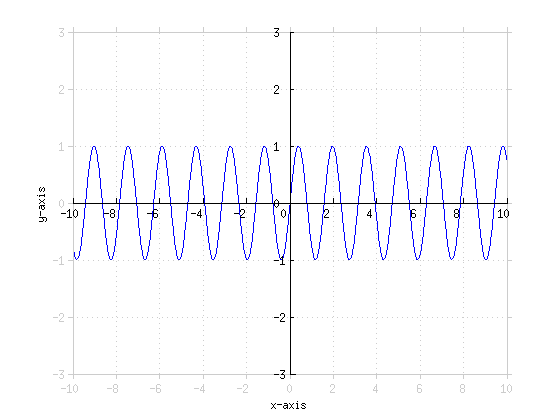
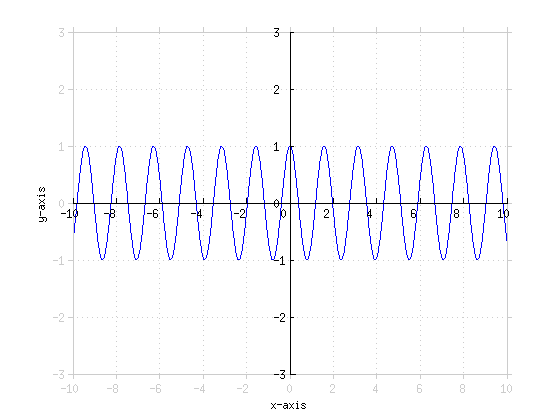 0Graph
0Graph 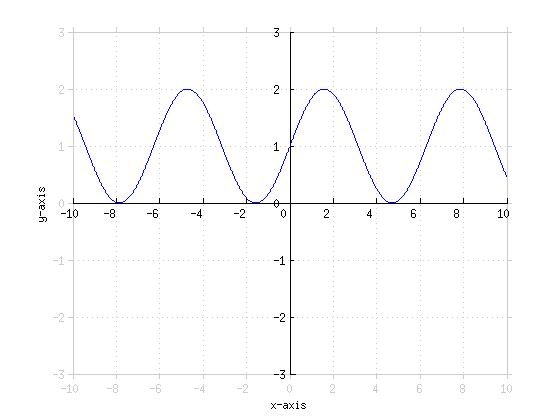 0Graph
0Graph 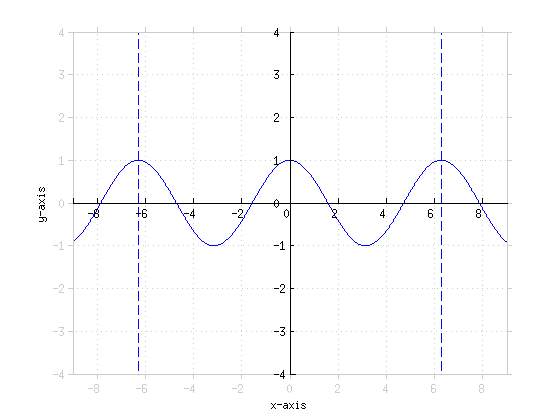 0Graph
0Graph  0Graph
0Graph 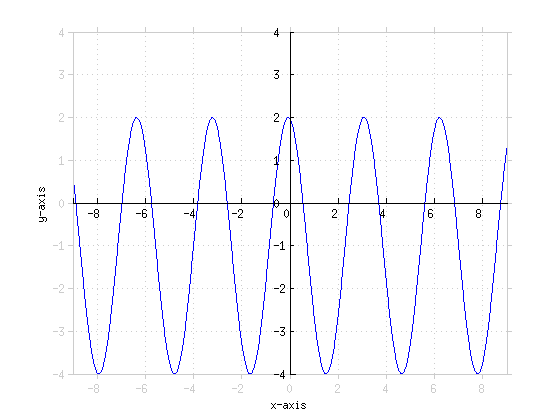 0Simplify
0Simplify 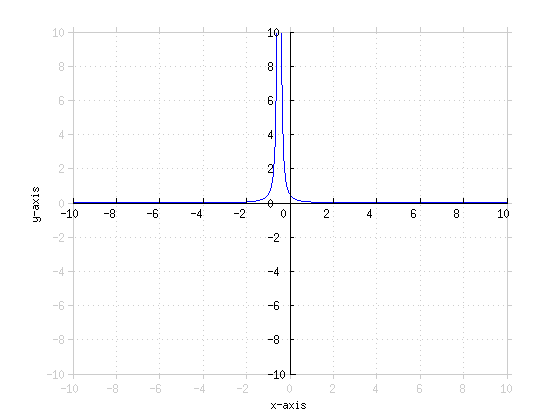 0Find the asymptote(s) of
0Find the asymptote(s) of 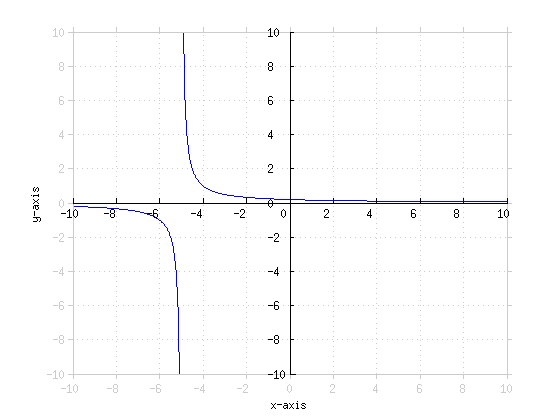 0Graph
0Graph 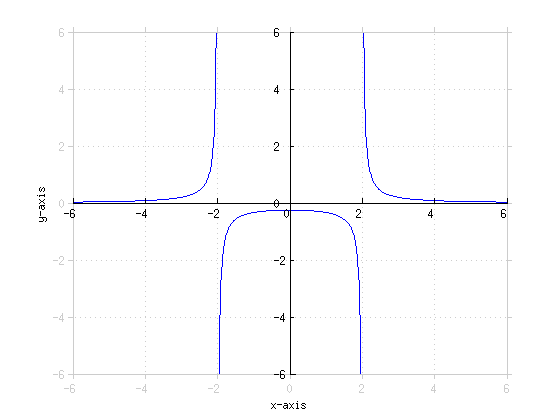 0Graph
0Graph 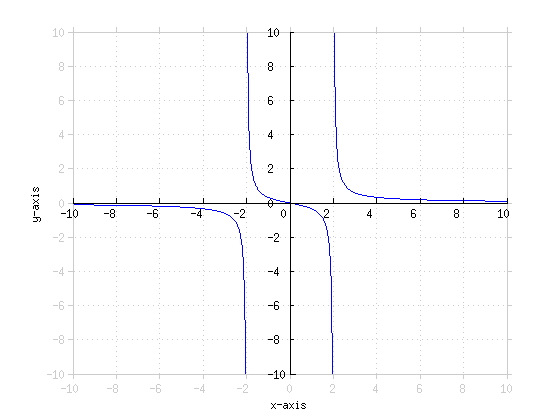 0Graph
0Graph 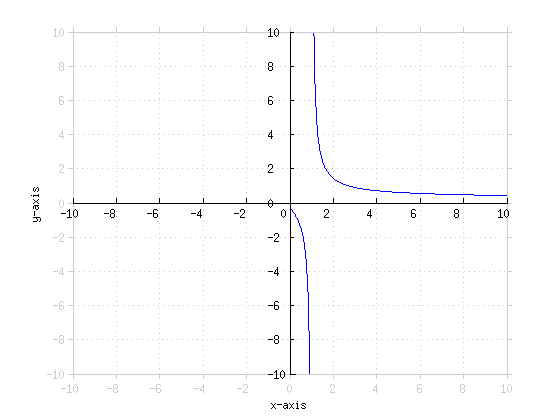

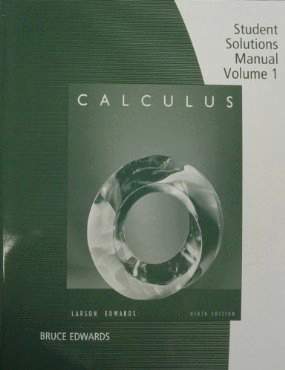
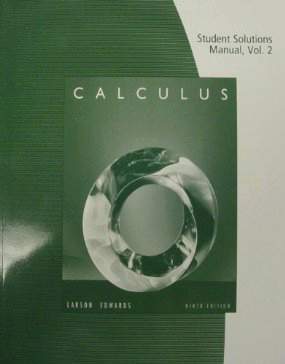




1 answer
Mon Nov 12, 2018 6:57 PM
Post by Karoly Ficsor on August 5, 2018
why is it not possible to view Additional Examples 3 and 4?
0 answers
Post by Mohamed E Sowaileh on July 10, 2017
Hello Dr. Jenny Switkes,
I hope you are very well.
I am a student who is extremely weak in math. In order to be very strong in math, specially for engineering field, could you provide me with sequential order of mathematical topics and textbooks. With what should I begin so that I can master big topics like calculus, statistics, probability ... etc.
Your guidance is precious to me.
Thank you so much.
1 answer
Last reply by: Firebird wang
Wed Nov 2, 2016 9:55 PM
Post by MOHAMMED ALHUMAIDI on June 16, 2016
Please where can I find the downloadable lecture slides?
0 answers
Post by Daniel Gonzalez on June 1, 2016
where can I find the downloadable lecture slides?
1 answer
Last reply by: Bilbo Baggins
Sat Sep 5, 2015 4:19 PM
Post by enya zh on August 19, 2015
You are soooooooooooo much better than Zhu(the person who teaches AP Calculus AB & BC).☺☺☺☺☺☺☺☺
0 answers
Post by Matthew Favazza on January 21, 2015
The watch clinging the screen is very, very distracting...
0 answers
Post by Timothy Davis on August 10, 2014
Hello Professor Switkes
Wouldn't sin(-x) = -sin(-x)? Isn't the definition of an odd function
f(x) = -f(-x)?
1 answer
Last reply by: Hee Su Jang
Mon Jul 14, 2014 6:30 PM
Post by Taylor Wright on August 7, 2013
At 12:30
Why would it not include zero?
if x=0, then the sqrt of zero is zero, which would be included in the function.
1 answer
Last reply by: Taylor Wright
Wed Aug 7, 2013 1:49 AM
Post by Maureen Dempsey on March 27, 2013
hi what is the difference between exponenial and power function....don't they both involve an exponent? She didn't really clarify how they are different. thanks for a great tutoria otherwise.
0 answers
Post by Eun Jee Kang on October 9, 2012
I can't continue the lesson after odd and even examples. Please check it out. i don't know what problem is.
0 answers
Post by Jacob Mack on August 8, 2012
y = x^2 + 1 would be a function but y^2 = x + 1 is not. To see this algebraically instead of geometrically we can plug a number in for x for the first equation, say, 2, so 2 squared is four + 1 is 5. We have exactly one value of x domain we get one output of y in the equation. Thus, 2^2 + 1 = 5 is a function. Plugging in 3 for the second equation we see it is not a function: y^2 = 3 + so y can be = 2 or -2, therefore there are two outputs from the range y of the equation.
0 answers
Post by Jacob Mack on August 8, 2012
In general, any equation can yield a corresponding graph and any graph can be represented by a corresponding equation. Like y = x^2 yields the familiar parabola.
For y = log(x) we can break it apart to be y = f(x) = 1n(x) + x and then move on to solve geometrically.
0 answers
Post by Jason Mannion on October 4, 2011
Video works fine for me so far. Hope to get a better handle on Calculus now!
0 answers
Post by Marsha Taylor on January 23, 2011
These videos are a great for learning math or for review.
0 answers
Post by NICK FOSTER on January 20, 2011
no iam sorry about that comment everything is ok the videos play and are amazing!!keep up the good job